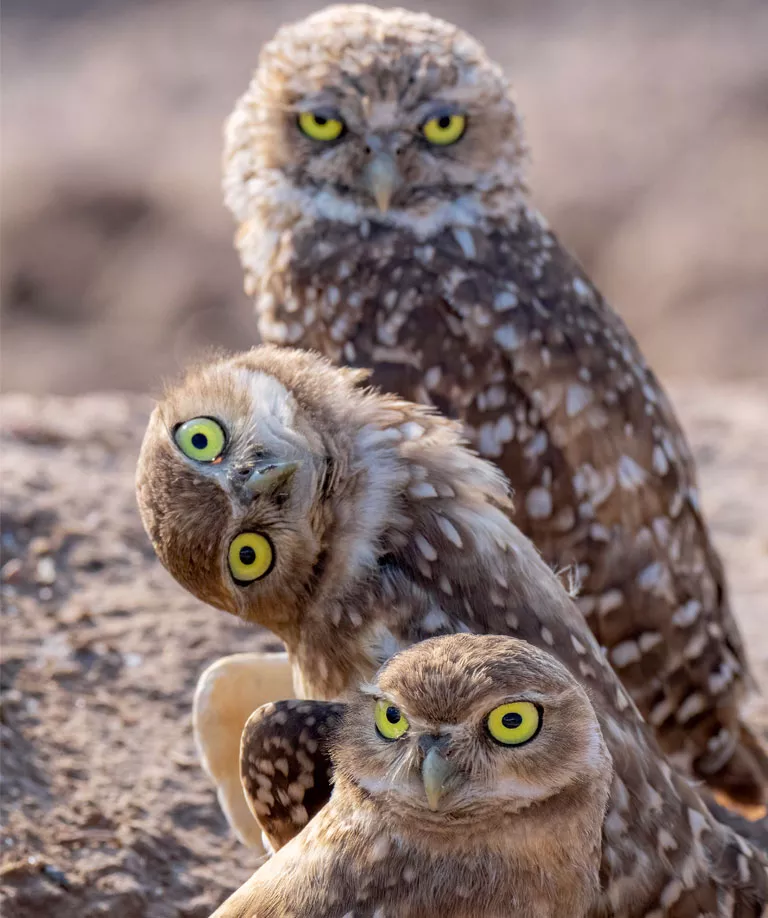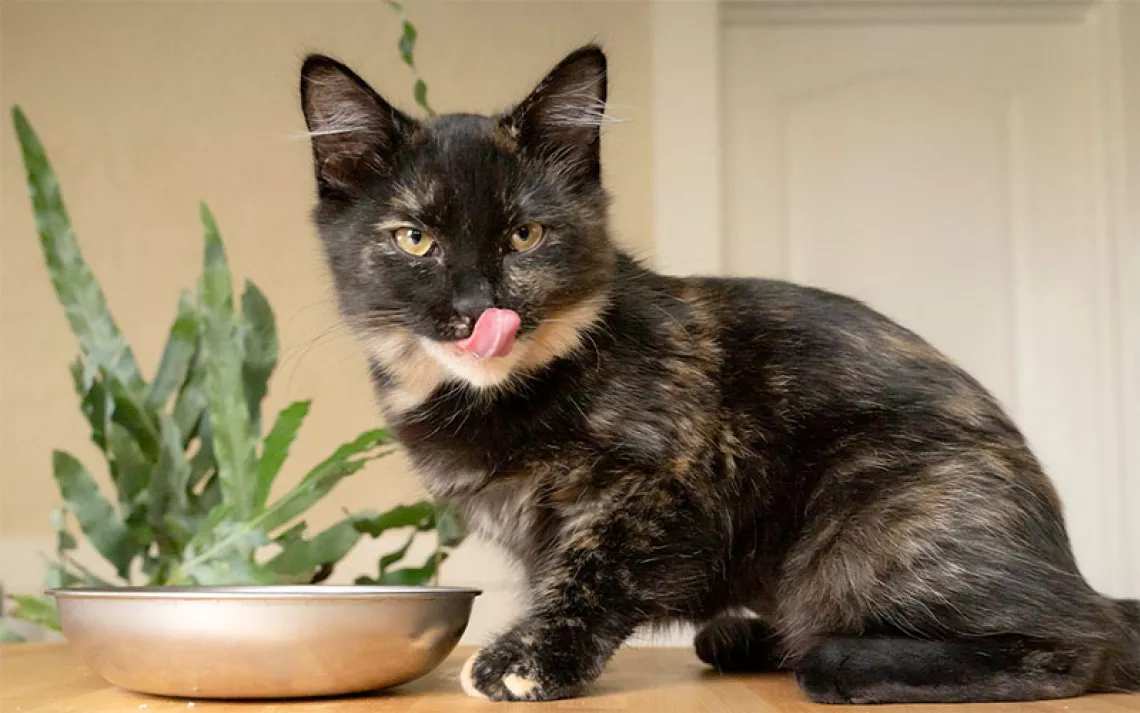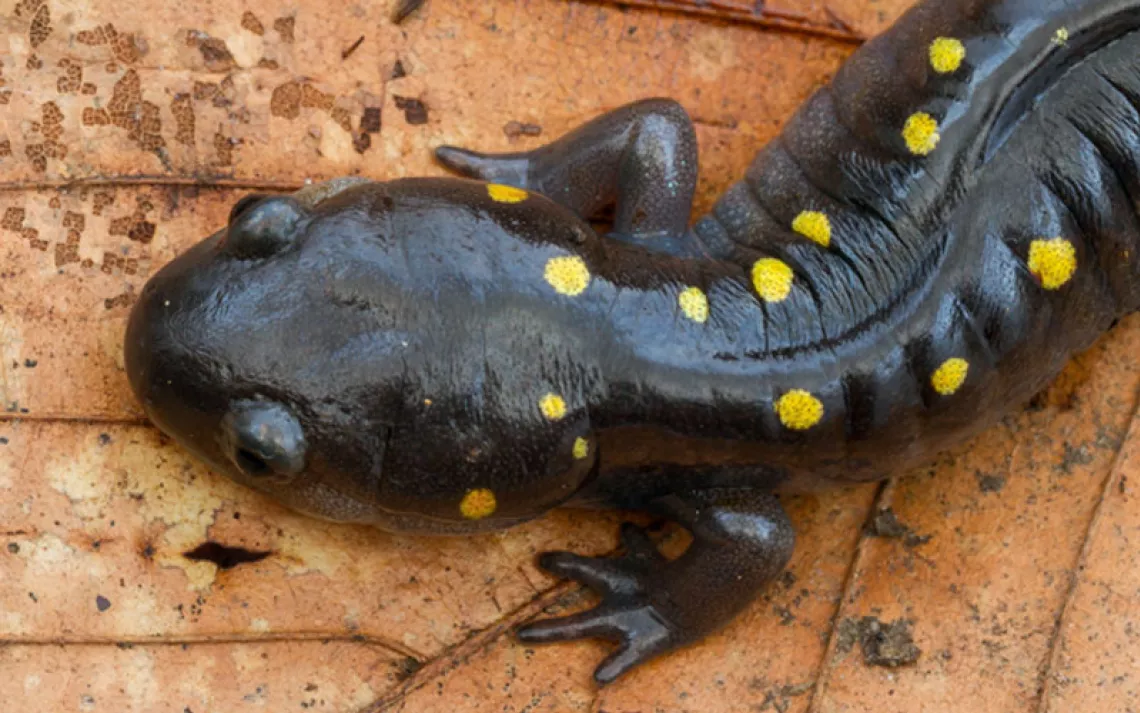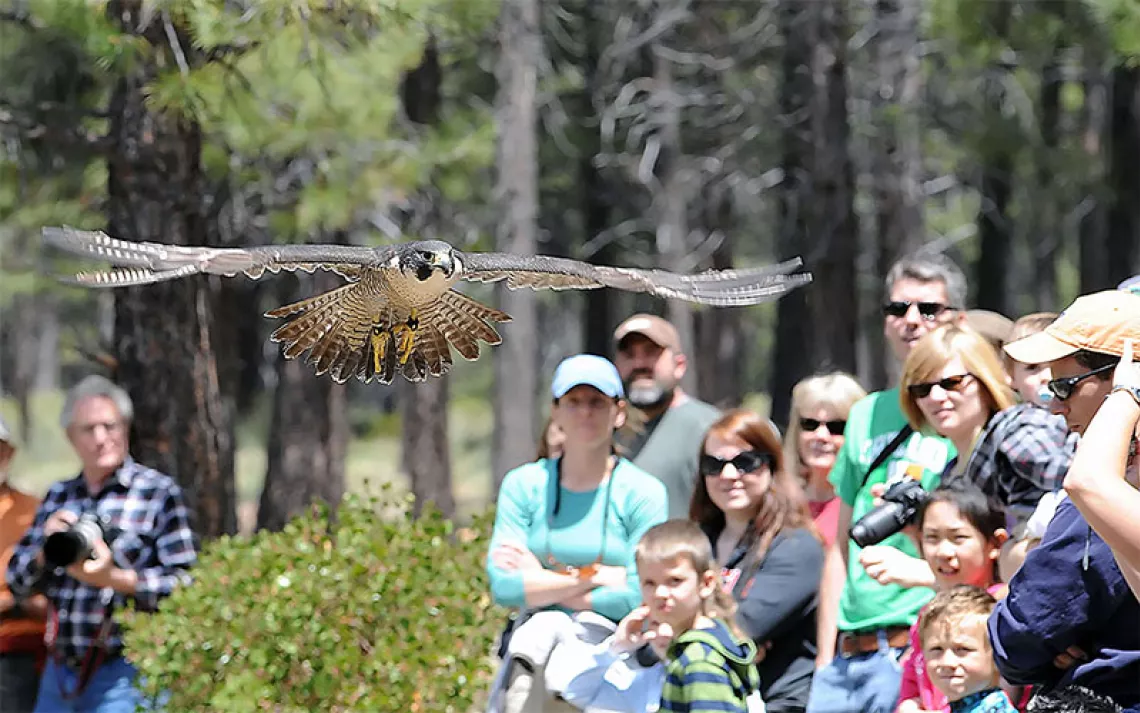Burrowing Owls Are Increasingly in Conflict With Humans Over Housing
They're the only North American raptors living underground

Photo by Jack Dykinga/Nature Picture Library
What nests in soil and hisses but isn’t a rattlesnake? Athene cunicularia, the burrowing owl, whose behaviors make it the least owl-like owl. From southern Argentina to Canada, these small, grumpy-faced birds stand atop their in-ground homes to warm their wings in the sun rather than finding comfort in the boughs of trees. And while owls are practically synonymous with nighttime, burrowing owls are active in daylight.
Physically, however, the brown, speckled birds are immediately recognizable as owls. They weigh no more than eight ounces and have the large eyes, domed heads, and small, hooked beaks common among their kin.
Burrowing owls dig their own apartments or move into dens that conservationists or other animals, such as prairie dogs, have dug. They’re the only North American raptors that dwell underground. Unfortunately, the owls love to nest in the same broad, flat grasslands that our species eyes for housing developments and airports, which increasingly puts them in conflict with humans. While they’re technically listed as a species of least concern, these migratory birds are endangered in Canada, threatened in Mexico, and of special concern in other parts of their range.
To protect burrowing owls, ecologists could move them, but the body of research on why and how these birds learned to burrow is slim, making translocation—sometimes more than 10 miles from their original nests—tricky. If there are too many males in the same burrow during breeding season, the owls will fight more and ultimately perish. Other research has found that burrowing owls are more likely to settle in a new area when they see fellow burrowing owls or signs they’re nearby.
Paleontologists haven’t found the bones of Athene cunicularia or a closely related bird in an ancient burrow, so it’s unclear precisely when they began to carve out a life in the soil. One clue might be their impressive mimicry of rattlesnake hisses. The birds have been living low to the ground in grasslands, where these snakes are common, at least long enough for the whole species to learn to speak in a serpent’s tongue.
Scientists hypothesize that the burrowing owl’s frightening hiss started out as a sound many owl species use to beg for food: a rapid pulse that emphasizes lower frequencies. Once burrowing owls or their ancestors began spending more time on the ground, their snakelike hisses helped drive off coyotes, skunks, raptors, and other predators that mistook them for venomous snakes. The birds with the most convincing hisses were more likely to survive, passing the trait to their offspring, and over the generations, the feeding hiss transformed into a reliable defense. Today, the sound is so well honed, studies show, that squirrels familiar with rattlesnakes’ hisses act cautiously when they hear burrowing owls duplicate the same sound.
Female and male burrowing owls are similar in appearance, except males are a little heavier.
Burrowing owls often use cow dung in their nests to help attract edible insects.
This species doesn’t just hiss; the owls can hold their own at hooting.
 The Magazine of The Sierra Club
The Magazine of The Sierra Club



